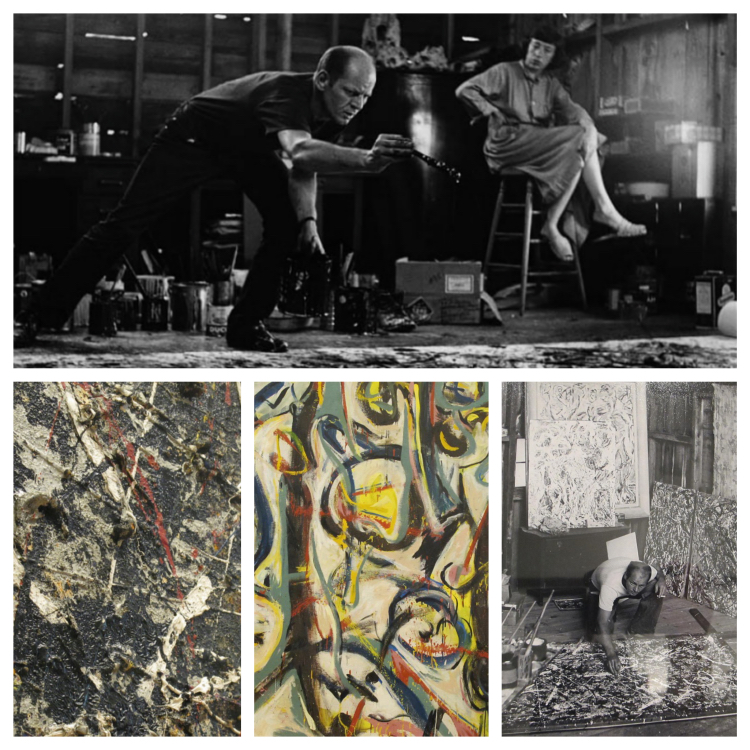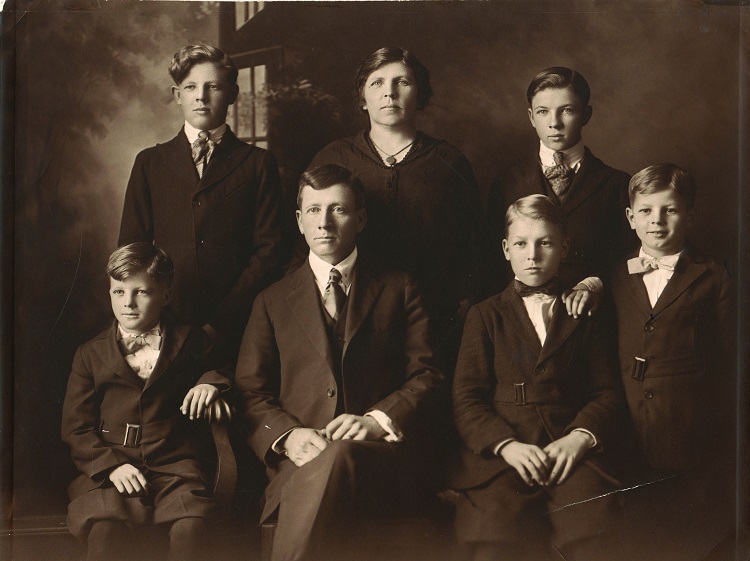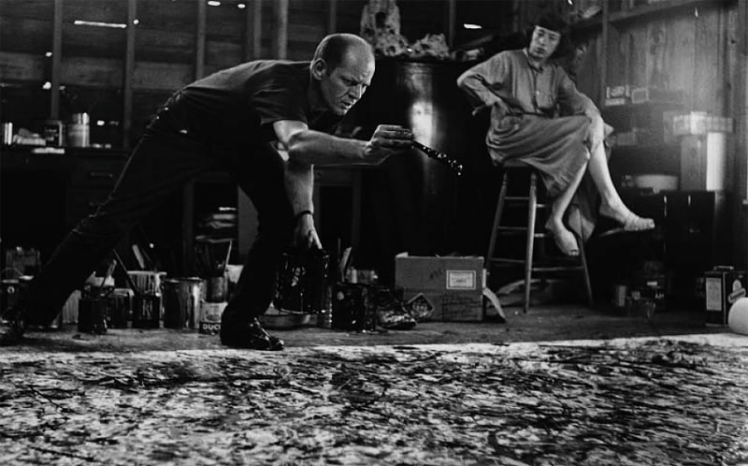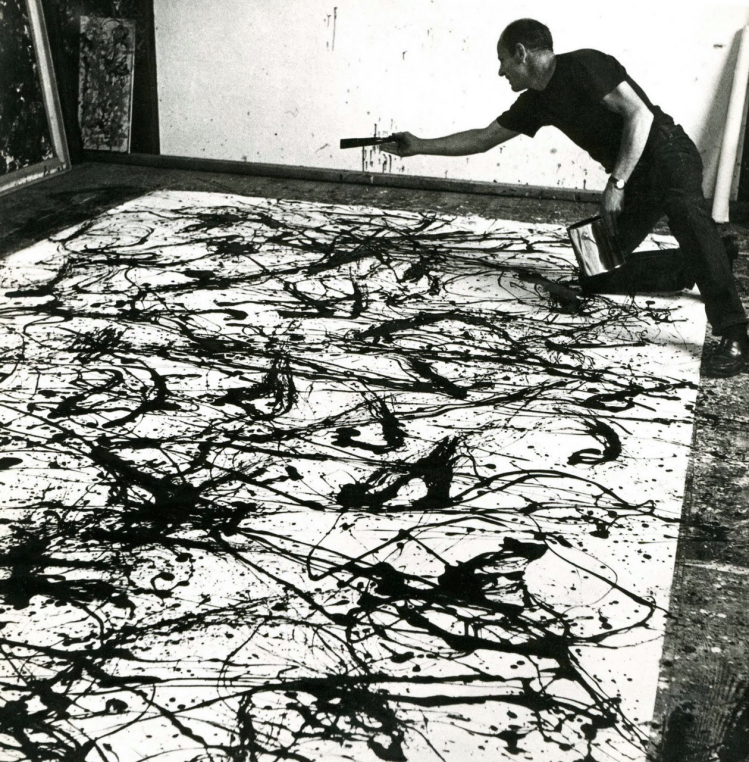
Jackson Pollock is the first American artist to achieve international success.
Before him, the capital of art was Paris, and all the artists of the world moved, if only for a short time, to the French city that was the center of world art, but Pollock never left the borders of the United States of America, and after him the capital of art moved to New York.
Some consider his works to be masterpieces, while others claim that anyone can make one of his works.
Jakcson Pollock has always created arguments between critics and the public, between those who love him and those who consider him a charlatan.
That is why it is important to know about his life, to look at his works from a different point of view.
10 things you need to know about Jackson Pollock

The entire Pollock family. Jackson is the first child on the lower left, next to his father.
1. WHEN AND WHERE JACKSON POLLOCK WAS BORN
Jackson Pollock is an American painter, born in Cody ( Wyoming) on January 28, 1912.
He was the youngest of five siblings and lived in a poor but close-knit family, in which he was always found the necessary support and the right stimuli in seeking his own path in art.
Although he never lacked the affection and support of his family, he was an unruly student and often got himself expelled from the schools he attended.
2. JACKSON POLLOCK A NEW YORK
He moved to New York in 1929 to join his brother Charles and become a student of painter Thomas Hart Benton at the Art Students League.
3. POLLOCK’S ARTISTIC TRAINING
He became interested in the Mexican painting of Orozco, then Picasso and finally the Surrealists and irrational forms of expression, but with references to magic and symbolic rituals found in Native American culture.
In Italy, some works from this period are held at the Peggy Guggenheim Collection in Venice.
4. POLLOCK AND PEGGY GUGGENHEIM
He met art collector and gallerist Peggy Guggenheim in 1943, who commissioned him to paint a mural for her New York apartment.
In November of that year Peggy decided to mount Pollock’s first solo exhibition at her Art of This Century gallery, and it was a success.
5. POLLOCK’S INNOVATIVE TECHNIQUE
In 1945 Pollock married painter Lee Krasner and they went to live in the Long Island town of Spings.
The house was far from New York City, but it allowed him to work in peace.
The barn attached to the home was converted into a workshop, and here the artist invented dripping, the famous technique in which work is made by dripping color directly onto the canvas.

Pollock e Lee Krasner
6. POLLOCK AND THE SUCCESS OF HIS WORKS
Pollock made his most famous paintings between 1947 and 1950.
“Alchemy” ( 1947) is the work in which Pollock first resorted to dripping.
The masterpiece was recently restored and was the first contemporary artwork of such importance to undergo such a major conservation intervention that lasted over a year – Read the post I dedicated to the presentation of the restored work: Alchemy by Jackson Pollock.
7. WHAT IS ACTION PAINTING
Pollock’s action painting derives from the spontaneous painting that exponents of Surrealism were already using, such as Max Ernst.
Max Ernst was influenced by reading Freud’s The Interpretation of Dreams in 1899; and after reading this book he found it unacceptable that the dream (and the unconscious) had had so little place in modern civilization.
He then decided to found a new artistic and literary movement in which the dream and the unconscious would play a major role. Surrealism was thus born.
Surrealism is thus psychic automatism, or that process in which the unconscious, that part of us that emerges during dreams, emerges even when we are awake and allows us to freely associate words, thoughts and images without inhibitory brakes and preordained purposes.
8. POLLOCK’S FIRST SOLO EXHIBITION IN EUROPE
In 1950 Peggy Guggenheim organized Jackson Pollock’s first solo exhibition in Italy at the Museo Correr in Venice.
9. ABSTRACT EXPRESSIONISM
In the early 1950s he was the most famous American painter in the world and the leading exponent of Abstract Expressionism, but by 1951 his style changed and he began to paint works that introduced figurative elements again.
Abstract Expressionism is the first American artistic phenomenon.
It developed after World War II and spread throughout the world, shifting artistic capital from Europe to the United States.
10. WHEN POLLOCK DIES
On August 11, 1956, at the age of 44, he died in a traffic accident on Long Island while driving his car drunk and in the company of two women.


